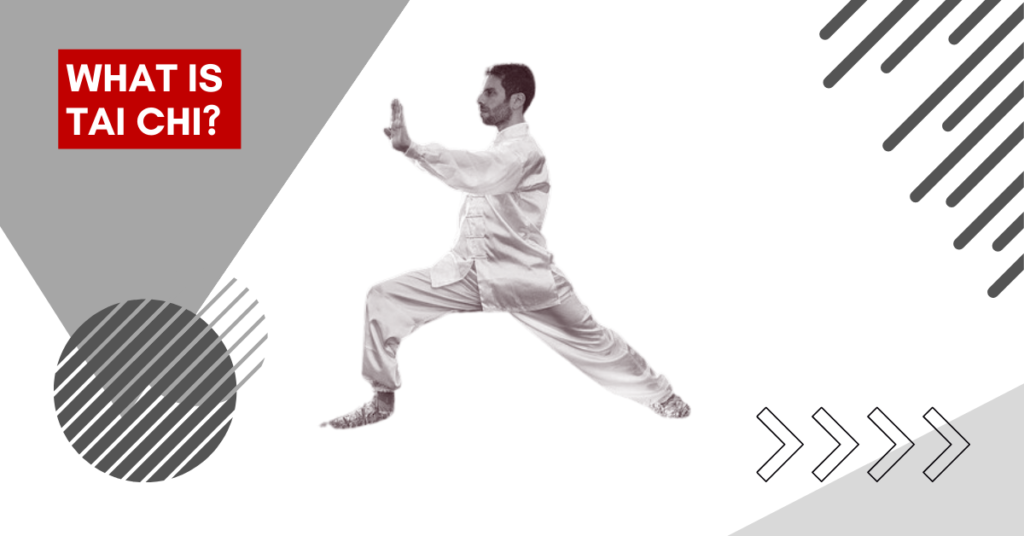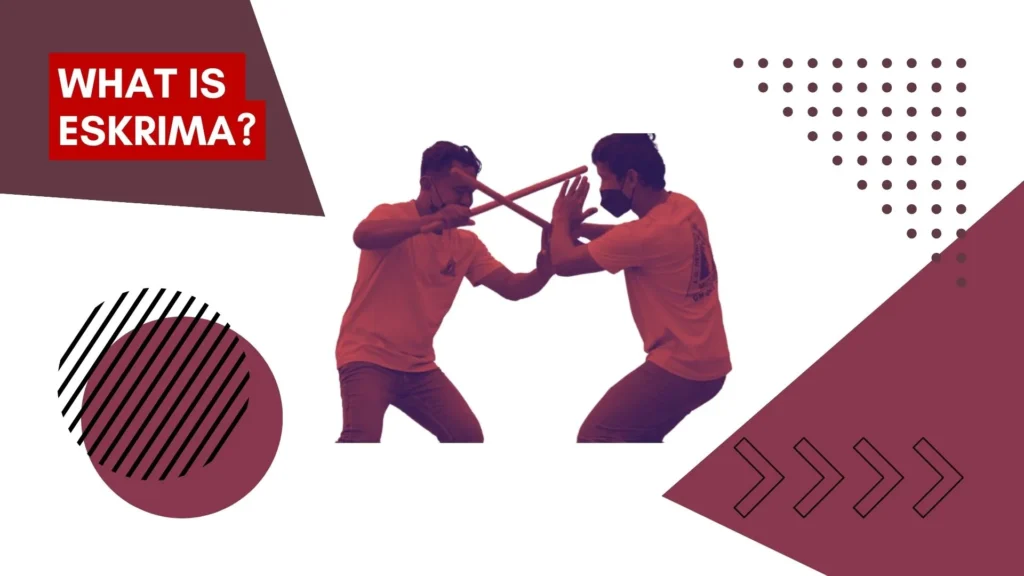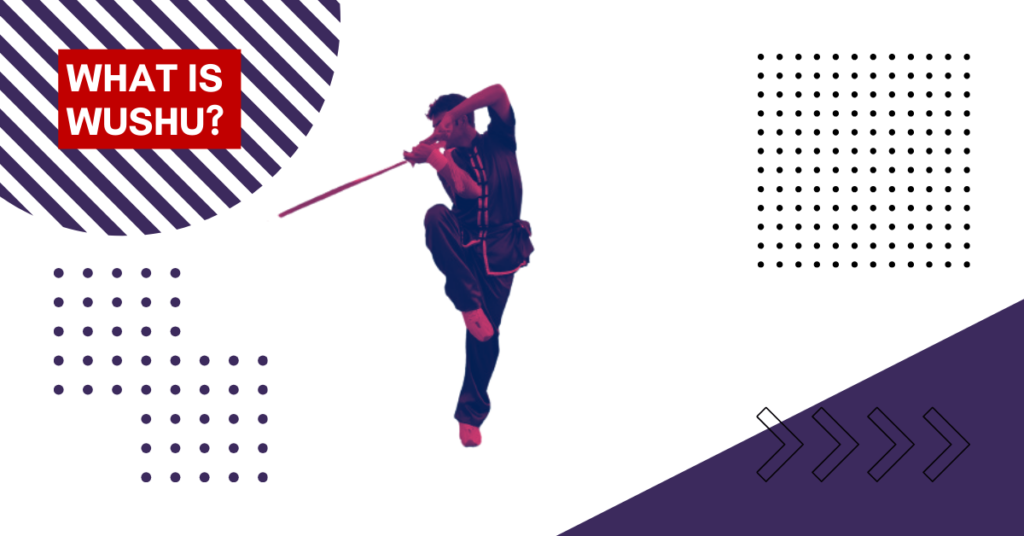Have you ever wondered what tai chi is all about? Is it just a form of exercise, or is there more to it? If you’re curious about the benefits of tai chi, its origins, and how to get started, you’ve come to the right place. In this beginners guide, we’ll explore the ancient practice of tai chi, its philosophy, various styles and forms, and its impact on mental and physical health. Get ready to embark on a journey of relaxation, self-discovery, and holistic well-being.
Table of Contents
Key Takeaways
- Tai chi is an internal Chinese martial art practiced for self-defense and health.
- It is known for its slow, intentional movements and offers benefits to mental and physical health.
- Tai chi draws on Taoist and Confucian philosophy, emphasizing softness overcoming hardness and the cultivation of qi.
- There are different styles and forms of tai chi, each with its own unique characteristics and variations.
- Regular practice of tai chi can lead to improved relaxation, balance, flexibility, and overall well-being.
The Origins and Philosophy
Tai chi chuan, also known as “supreme ultimate fist,” is an ancient and distinctive Chinese form of exercise and martial art. It is rooted in the principles of yin and yang and Taiji cosmology, which represents the balance of passive and active principles.
Tai chi belongs to the Wudang group of Chinese martial arts, focusing on internal power and the development of qi. It draws on Taoist and Confucian philosophy, promoting softness overcoming hardness, effortless action (wu wei), and spiritual self-cultivation.
Tai chi considers itself an “internal” martial art, emphasizing the harmonization of mind, body, and breath. It combines flowing, rhythmic, deliberate movements with prescribed stances and positions.
While there are different styles and variations of tai chi, the goal remains the same – to cultivate naturalness, relaxation, and the flow of qi.
| Key Elements | Principles |
|---|---|
| Yin and Yang | The balance of passive and active principles |
| Taiji Cosmology | Representation of harmonious flow and balance |
| Wudang Group of Chinese Martial Arts | Focus on internal power and development of qi |
| Taoist and Confucian Philosophy | Promotes softness overcoming hardness and spiritual self-cultivation |
| Flowing and Deliberate Movements | Emphasizes naturalness, relaxation, and the flow of qi |
The Practice of Tai Chi
The practice of tai chi involves learning and performing solo forms or routines, which consist of a sequence of movements. These solo forms are the foundation of tai chi practice, allowing individuals to cultivate relaxation, body conditioning, and a deep connection to Taiji principles.
The solo forms in tai chi are characterized by slow, deliberate, and flowing movements. Through these graceful and flowing motions, practitioners promote relaxation, improve balance, and increase flexibility. The focus on flowing movements is key to tai chi, as it allows individuals to harness the natural energy within their bodies and create a harmonious balance between yin and yang.
Tai chi draws from the ancient philosophy of Taiji, which emphasizes the harmonization of opposites and the cultivation of vital energy, known as qi. The movements in tai chi are not solely physical exercises; they also encompass the internal alchemy of mobilizing and directing the flow of qi within the body. This internal focus distinguishes tai chi from other external martial arts, making it a unique body-conditioning exercise.
In addition to solo forms, tai chi practitioners engage in various supporting practices that complement their tai chi journey. These practices include sitting meditation, where individuals develop mindfulness and tranquility; standing meditation or zhan zhuang, which cultivates internal strength and stability; qigong exercises, which further enhance the flow of qi through specific movements and breathwork; and acupressure massage, a method of stimulating and balancing the body’s energy pathways.
For those seeking to advance their tai chi practice, there are opportunities for further development and exploration. Advanced training may involve push hands drills, which help practitioners refine their sensitivity and responsiveness to an opponent’s energy; free sparring, which tests the practical application of tai chi principles and techniques; and weapons training, where individuals learn to use traditional Chinese weapons such as swords or fans with the fluidity and grace of tai chi.
The practice of tai chi encompasses more than just physical movements. It is a holistic approach that combines flowing forms, internal alchemy, and supporting exercises to promote physical fitness, mental clarity, and the development of martial skill.
Training Methods
To summarize the various training methods in tai chi:
| Training Method | Description and Benefits |
|---|---|
| Solo Forms | Sequences of flowing movements that promote relaxation, body conditioning, and the harmonization of yin and yang. |
| Sitting Meditation | A practice of cultivating mindfulness and tranquility, enhancing mental clarity and self-awareness. |
| Standing Meditation (Zhan Zhuang) | A method of developing internal strength, stability, and balanced energy flow by holding specific postures. |
| Qigong Exercises | Exercises that combine gentle movements with deep breathing and visualization, promoting the flow of qi and overall vitality. |
| Acupressure Massage | A technique to stimulate and rebalance the body’s energy pathways, promoting physical and mental well-being. |
| Push Hands Drills | Partner exercises that develop sensitivity, responsiveness, and the ability to redirect and neutralize an opponent’s energy. |
| Free Sparring | Application of tai chi principles in simulated combat situations, fostering adaptability, timing, and strategic thinking. |
| Weapons Training | Practice using traditional Chinese weapons such as swords or fans with the fluidity and grace of tai chi movements. |
With its rich training methods and holistic approach, tai chi offers practitioners a comprehensive path to physical wellness, mental clarity, and the development of martial skill.
Getting Started: Tips for Beginners
For beginners starting their tai chi journey, it is important to follow some general tips to ensure a comfortable and enjoyable experience.
- Dress comfortably: Wear nonrestrictive clothing and footwear that allows for easy movement during tai chi practice.
- Introduce yourself: When attending your first tai chi class, introduce yourself to the instructor and let them know if you have any health issues that may require adaptations.
- Warm up: Each instructor will have their own warm-up routine, so follow their instructions to prepare your body for the practice.
- Go easy on yourself: Don’t expect perfection as a beginner. Tai chi is about being present, letting go, and paying attention to your body. Start with small steps and gradually build up your practice.
- Take breaks: If you need to, take breaks and rest when necessary. Listen to your body and don’t push yourself too hard.
After a tai chi class, you may experience a unique mix of deep relaxation and heightened alertness. Over time, regular tai chi practice can improve your overall mood and well-being. It’s recommended to set a regular schedule for practicing tai chi, aiming for one hour three times per week for 12 weeks. If that’s too ambitious, start with one hour twice a week for 16 weeks.
If you’re unable to practice at a class, you can also practice tai chi at home for shorter durations, focusing on mindful movements and relaxation. Adjust your expectations based on your level of fitness and prior exercise experience. Remember, tai chi is a journey, and progress comes with consistency and patience.
Styles and Forms
Tai chi is a diverse martial art and exercise practice with various styles and forms, both traditional and modern. Each style carries its own unique characteristics and variations, providing practitioners with a range of options to explore. The five traditional schools of tai chi are Chen, Yang, Wu (Hao), Wu, and Sun. These schools have their roots in different lineages and have developed distinct forms and techniques.
Within each style, there are a number of prescribed exercise forms that practitioners learn and perform. The number of forms can range from 24 to 108 or even more, depending on the style. Each form is a sequence of movements performed in a specific order and is named based on the visual imagery created by its execution. Some examples include “White stork displays its wings” and “Fall back and twist like monkey.”
All forms in tai chi start from one of three stances: weight forward, weight on the rear foot, and horse riding or oblique stance. These stances provide a foundation for the movements and help practitioners maintain balance and stability throughout their practice.
While the specific movements may vary between styles, the underlying principles of relaxation, balance, and the harmonization of yin and yang remain consistent. Tai chi forms are designed to cultivate these principles, promoting a state of calmness, centeredness, and energetic balance.
| Style | Origin | Characteristic |
|---|---|---|
| Chen | Chen Village, Henan | Combines explosive power and slow, relaxed movements |
| Yang | Yang Luchan | Emphasizes slow, graceful movements and large frame |
| Wu (Hao) | Wu Yuxiang | Focuses on small and intricate movements |
| Wu | Wu Quanyou, Wu Jianquan | Emphasizes subtle and continuous movements |
| Sun | Sun Lutang | Blends tai chi, xingyiquan, and baguazhang |
Benefits of The Different Styles
Tai chi styles offer practitioners a range of benefits. Chen style, with its combination of explosive power and relaxed movements, can improve physical strength and flexibility. Yang style, known for its slow and graceful movements, promotes relaxation and calmness in the mind and body. Wu (Hao) style, with its focus on intricate movements, enhances body awareness and precision. Wu style, with its continuous and flowing movements, facilitates the cultivation of qi (vital energy). Sun style, integrating tai chi with other martial arts, offers a dynamic and versatile practice.
Regardless of the style, tai chi forms provide an opportunity for practitioners to delve into the principles of relaxation, balance, and yin-yang harmony. Through regular practice, individuals can experience improvements in physical fitness, mental clarity, and overall well-being.
The Health Benefits
Numerous peer-reviewed studies have investigated the mental and physical health benefits of practicing tai chi, with consistent positive findings. Tai chi, known for its relaxation techniques and gentle movements, has been shown to effectively reduce stress, anxiety, and depression, serving as a valuable tool for improving mental well-being.
“Tai chi has been found to help reduce stress, anxiety, and depression, as well as improve sleep quality.”
In addition to its mental health benefits, tai chi has proven to be particularly beneficial for older adults. Regular practice of tai chi has been associated with improved balance, flexibility, and posture, helping to reduce the risk of falls, especially in older populations.
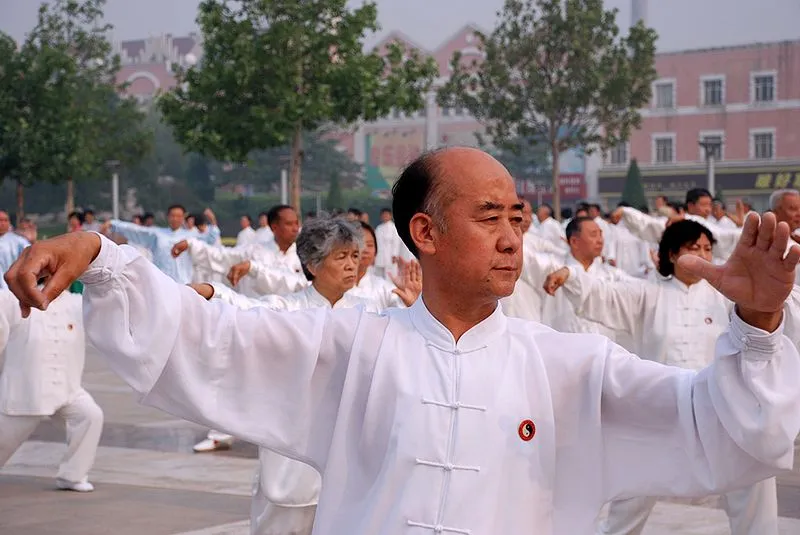
One area of focus in tai chi research has been its impact on specific health conditions. For example, studies have examined the effects of tai chi on chronic obstructive pulmonary disease (COPD) and have found promising results. Tai chi can improve lung function and exercise capacity in individuals with COPD, contributing to overall respiratory health.
Furthermore, individuals with fibromyalgia have reported improvements in symptoms such as pain and fatigue after practicing tai chi regularly. The gentle movements and relaxation techniques incorporated in tai chi may help alleviate some of the challenges associated with this chronic condition.
A systematic review and meta-analysis of randomized controlled trials has provided further evidence of the positive effects of tai chi on various chronic health conditions, including cardiovascular health, osteoarthritis, and chronic pain management.
Read more: Tai chi and chronic pain
“A systematic review and meta-analysis of randomized controlled trials found that tai chi may have positive effects on various chronic health conditions.”
It is noteworthy that tai chi also offers significant benefits for individuals seeking to improve their posture. The deliberate movements and focus on alignment in tai chi practice can help correct postural imbalances and promote proper spinal alignment.
In summary:
- Tai chi holds numerous mental and physical health benefits.
- Practicing tai chi can help reduce stress, anxiety, and depression.
- Tai chi improves balance, flexibility, and posture, especially in older adults.
- Evidence suggests that tai chi can positively impact specific health conditions like COPD and fibromyalgia.
- Systematic reviews and meta-analyses confirm the effectiveness of tai chi for chronic health conditions.
- Tai chi can contribute to improved posture and spinal alignment.
These findings highlight the potential of tai chi as a complementary approach to enhance overall well-being and promote a healthier lifestyle.
A Practice for All Ages and Fitness Levels
Tai chi is a versatile practice that can be enjoyed by individuals of all ages and fitness levels. It is particularly beneficial for older people, as it promotes balance, flexibility, and joint mobility. The gentle movements and emphasis on relaxation in tai chi make it a suitable form of exercise for individuals with health conditions such as arthritis or chronic pain.
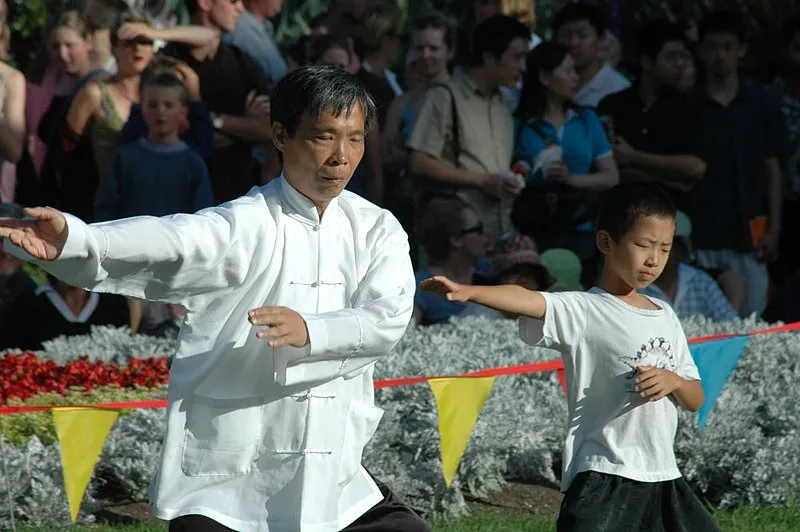
Tai chi can be adapted to accommodate specific needs and physical abilities. It offers a low risk of injury due to its slow and controlled movements. Beginners can start with basic forms and gradually progress to more advanced routines as they become more comfortable and experienced.
Tai chi provides both mental and physical benefits. The practice promotes relaxation, reducing stress and anxiety levels. It also improves focus, concentration, and overall mental well-being. In terms of physical health, tai chi enhances balance, coordination, and posture. Regular practice can also help strengthen muscles and joints, improve flexibility, and boost cardiovascular health.
Literature Review: Tai chi Techniques for Maintaining Mental Health in the Elderly
Tai chi is often practiced in conjunction with qigong, another traditional Chinese exercise. Qigong involves meditative movements and the cultivation of energy, or qi. The combination of tai chi and qigong further enhances the practice’s benefits to both the mind and body.
Consider the following quotes from tai chi practitioners:
“Tai chi has been a saving grace for me. As an older person with limited mobility, it has helped me regain balance and strength.”- David Smith, 68
Whether you are a beginner or have experience in other exercise modalities, tai chi offers a gentle yet effective way to improve both physical and mental health. With its inclusivity, adaptability, and emphasis on relaxation, tai chi is an ideal practice for overall well-being.
“I’ve tried numerous exercise programs, but tai chi has been the most enjoyable and effective for me. It’s gentle on my joints and has improved my mental focus and well-being.”- Lisa Phillips, 42
| Benefits | Description |
|---|---|
| Improves Balance, Flexibility, and Joint Mobility | Tai chi’s slow and deliberate movements promote better balance, flexibility, and joint mobility. |
| Adaptable to Health Conditions | Tai chi can be modified to accommodate various health conditions, making it a safe and effective exercise option. |
| Promotes Relaxation and Mental Wellness | Tai chi incorporates relaxation techniques that reduce stress and anxiety, improving mental well-being. |
| Low Risk of Injury | The slow and controlled movements of tai chi minimize the risk of injury, making it suitable for individuals of all fitness levels. |
| Gentle and Gradual Progression | Tai chi allows for individualized and gradual progression, ensuring that each person can practice at their own pace. |
Tai chi’s versatility and broad range of benefits make it an excellent choice for people of all ages and fitness levels. Whether you are a beginner or an older adult with health conditions, tai chi offers a safe and effective way to improve physical fitness, mental well-being, and overall quality of life.
Conclusion
Tai chi is a holistic practice that offers numerous benefits for both mental and physical well-being. Through its combination of relaxation techniques, exercise, and self-defense principles, tai chi provides a comprehensive approach to health and wellness.
The slow and intentional movements of tai chi promote relaxation, reduce stress, and foster a sense of calm and balance. Regular practice can enhance flexibility, improve balance and posture, and even boost cardiovascular fitness. Additionally, tai chi helps reduce the risk of falls, which is particularly important for older adults.
One of the great strengths of tai chi is its adaptability. Whether you’re a beginner or have experience in other forms of exercise, tai chi can be tailored to your individual needs and abilities. It’s a practice that is accessible to people of all ages and fitness levels.
Whether you’re looking for a gentle exercise routine, a form of moving meditation, or a martial art, tai chi offers a unique and fulfilling practice that can positively impact your overall well-being. So why wait? Start your tai chi journey today and experience the many benefits of this holistic approach to health.
FAQ
What does tai chi do to your body?
Tai chi improves balance, muscle strength, joint flexibility, and reduces stress through slow, controlled movements and deep breathing.
Which is better: yoga or tai chi?
The choice depends on personal preference. Yoga focuses on static poses and mental focus, while tai chi emphasizes slow, flowing movements and meditation.
What is a disadvantage with tai chi?
Tai chi may require a significant time commitment for consistent practice and can be challenging for those with severe physical limitations.
Why is tai chi hard to learn?
Tai chi’s complexity lies in its intricate movements, emphasis on precise alignment, and the need for a strong mind-body connection, coupled with cultural and philosophical elements. Regular, patient practice is key to mastering it.
What are the origins and philosophy of tai chi?
Tai chi chuan is an ancient and distinctive Chinese form of exercise and martial art. It is rooted in the principles of yin and yang and Taiji cosmology, which represents the balance of passive and active principles. Tai chi draws on Taoist and Confucian philosophy, promoting softness overcoming hardness, effortless action, and spiritual self-cultivation.
Is tai chi suitable for all ages and fitness levels?
Yes, tai chi is a versatile practice that can be enjoyed by individuals of all ages and fitness levels. It is particularly beneficial for older adults, as it promotes balance, flexibility, and joint mobility. Tai chi can be adapted to accommodate various health conditions and is generally considered a safe form of exercise.
What are the overall benefits of tai chi?
Tai chi is a holistic practice that offers numerous benefits for both mental and physical well-being. It combines relaxation techniques, exercise, and self-defense principles, promoting a sense of calm and balance. Regular practice can enhance flexibility, balance, posture, and cardiovascular fitness, while reducing stress and anxiety. Tai chi can positively impact overall health and wellness.

